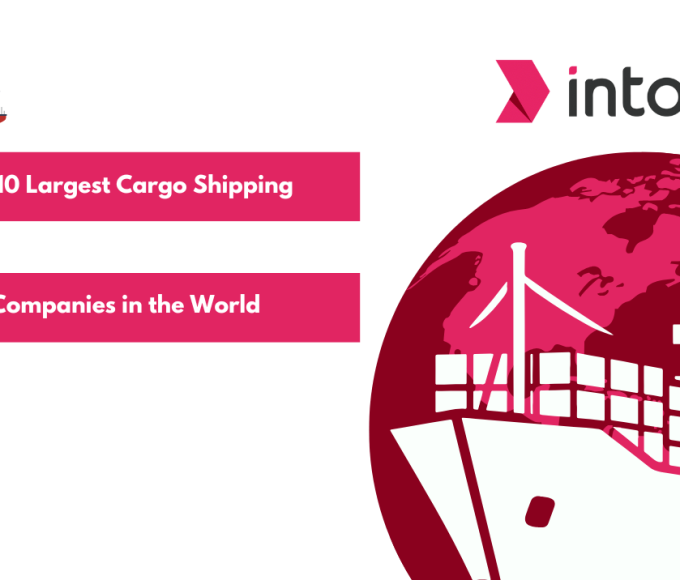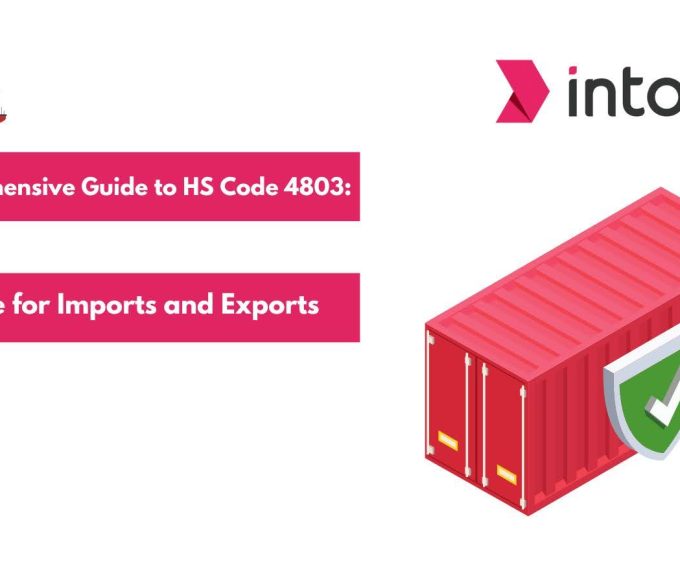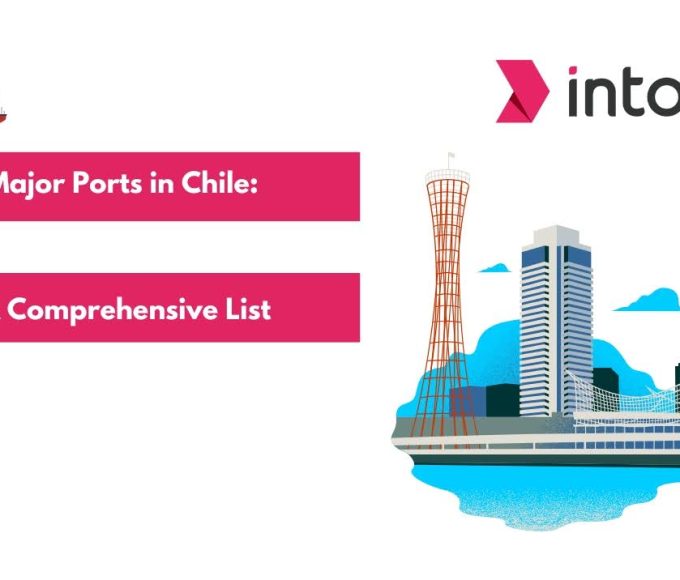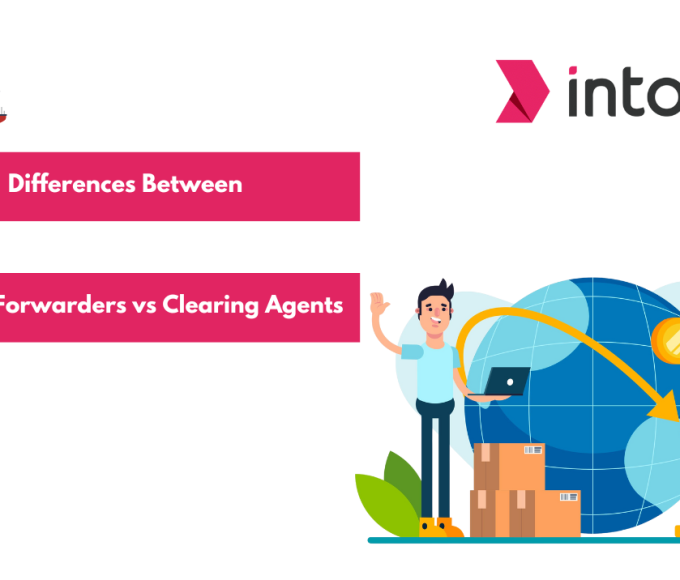International trade between India and the USA relies heavily on freight transport, but the environmental cost of moving goods is drawing increased scrutiny. The carbon footprint of air freight is significantly higher than that of sea freight, with airplanes emitting about 500 grams of CO₂ per metric ton per kilometer, compared to just 10–40 grams for cargo ships. This means air freight can generate up to 47 times more greenhouse gases per ton-mile than ocean shipping.
As businesses and consumers in both countries prioritize sustainability, understanding these differences is essential for making informed shipping decisions that balance speed, cost, and environmental responsibility.
In this article, we will compare the carbon footprints and broader environmental impacts of sea and air freight, examine recent emissions data, and outline practical strategies for businesses to make more sustainable shipping choices between India and the USA
TL;DR
- Sea freight emits 10–40 grams of CO₂ per ton-kilometer, while air freight emits about 500–600 grams, making sea freight far greener.
- Air freight is much faster but comes with a significantly higher carbon footprint and cost.
- Sea freight is best for bulk, heavy, or non-urgent shipments
- Air freight suits urgent, high-value, or sensitive goods.
- Choosing sea freight supports long-term sustainability goals
Understanding Carbon Emissions in Freight Transport
Carbon emissions in freight transport are typically measured in grams of CO₂ emitted per metric ton of cargo per kilometer traveled (g CO₂/ton-km). This metric helps quantify the environmental impact relative to the amount of goods moved and the distance covered. Several factors influence these emissions:
- Fuel type and efficiency: Ships generally use heavy fuel oil, which burns slower but emits less CO₂ per ton-km than jet fuel used by airplanes.
- Distance and route: Longer distances increase total emissions, but ships benefit from economies of scale over long hauls.
- Cargo weight and volume: Heavier or bulkier shipments increase fuel consumption and emissions proportionally.
Equipped with this analytical foundation, the next step is to see the carbon implications and broader environmental context of sea versus air freight.
Sea Freight: Carbon Footprint and Environmental Impact
Sea freight remains the backbone of global trade, moving over 80% of the world’s goods and accounting for about 3% of global greenhouse gas emissions. In 2024, global ocean container shipping emissions reached a record high of 240.6 million tons of CO₂, driven by increased demand and longer shipping routes due to geopolitical disruptions. Container ships and bulk carriers are the largest contributors, together responsible for half of the industry’s carbon footprint.
The carbon intensity of sea freight, measured as CO₂ emitted per ton-kilometer, varies by vessel size, fuel type, and operational efficiency. While shipping is more efficient than air freight, the sector’s reliance on fossil fuels means emissions are still significant, especially on high-traffic routes.
The International Maritime Organization (IMO) has set ambitious targets: net-zero emissions by 2050, with interim reductions of at least 20% by 2030 and 70% by 2040 compared to 2008 levels. Achieving these goals will require cleaner fuels, improved energy efficiency, and robust emissions tracking across the industry.
Want to make your shipping more sustainable and efficient?
Request a quote today!We now turn our attention to air freight, valued for its speed but burdened with a significantly larger carbon cost.
Air Freight: Carbon Footprints and Environmental Impact
Air freight is widely recognized for its speed, but it also carries a substantial carbon footprint. Air cargo emits an estimated 602 grams of CO₂ per ton-kilometer, making it the most carbon-intensive mode of freight transport, over 75 times higher than long-haul sea freight, which averages around 8 grams per ton-kilometer.
Globally, air freight accounts for about 2.5% of energy-related CO₂ emissions and approximately 3% of total carbon emissions from all sectors. The United States alone is responsible for more than 40% of global air freighter emissions, and major operators have increased their greenhouse gas output by 25% since 2019.
To address this, the industry is accelerating efforts to decarbonize. Airlines are investing in fuel-efficient aircraft, adopting Sustainable Aviation Fuels (SAF)—which can reduce emissions by up to 80%, and optimizing ground operations with electric vehicles and equipment. Despite these advances, the rapid growth in e-commerce and global trade continues to push emissions upward, highlighting the urgent need for further innovation and policy support.
CTA: Need a balance between cost efficiency and environmental impact?
Let’s take a look at a few policies that help in cutting down shipping emissions.
Suggested Read: Understanding FCL Shipping: Containers, Prices, and Planning Process
Policies and Incentives to Cut Shipping Emissions
Several policies and incentives can help Indian exporters reduce shipping emissions on routes to the USA:
- IMO GreenVoyage2050: Offers technical assistance, funding, and training for adopting cleaner technologies. Indian shipowners can apply for grants or join workshops to upgrade fleets and operations.
- Green Award Program: Certifies environmentally responsible ships, providing discounted port fees, insurance premium reductions, and priority berthing at over 100 global ports.
- Environmental Ship Index (ESI): Rewards vessels that exceed emission standards with financial incentives, especially at major ports like Los Angeles. Upgrading ships to achieve higher ESI scores unlocks these benefits.
- Port-based incentives: Many ports, including in the USA, offer reduced port fees for vessels using alternative fuels (like LNG) or meeting specific emission targets.
- Government grants and subsidies: The US DOT and EPA provide funding for port infrastructure and zero-emission technologies, supporting cleaner operations at destination ports.
- Voluntary cooperation: Participating in joint initiatives between ports and shipping lines, such as onshore power supply or optimizing port calls, further reduces emissions.
These programs not only cut emissions but can also lower operational costs and strengthen your reputation in international trade.
Looking to reduce your carbon footprint in shipping today?
Get eco-friendly freight solutions!With policy tools outlined, a structured comparison between sea and air freight can clarify optimal choices for varying trade profiles.
Air Freight vs Sea Freight: Which is Better?
Choosing between air and sea freight involves weighing factors like cost, speed, and environmental impact. Both modes serve distinct needs in India–USA trade, but their carbon footprints and operational characteristics differ significantly.
The following comparison highlights these differences to help businesses make informed shipping decisions.
| Factor | Air Freight | Sea Freight |
| Carbon Footprint | ~602 g CO₂/ton-km (very high) | 10–40 g CO₂/ton-km (much lower) |
| Speed | 1–3 days (fastest) | 25–40 days (slow) |
| Cost | 4–10x higher than sea freight | Most cost-effective for bulk cargo |
| Capacity | Limited (best for small, urgent goods) | High (ideal for large, heavy shipments) |
| Reliability | High (less affected by weather/ports) | Moderate (port congestion, weather) |
| Environmental Impact | Highest per shipment | Lower per shipment |
| Best For | Electronics, perishables, urgent goods | Bulk goods, machinery, non-urgent cargo |
While air freight offers unmatched speed and reliability, it comes with a much larger carbon footprint and higher costs. Sea freight is significantly more sustainable and cost-effective, especially for large or non-urgent shipments. For India–USA trade, choosing the right mode depends on balancing environmental goals, cost, and delivery timelines.
Want to optimize your shipping methods for better sustainability?
Request a quote today!To further reduce environmental impact, it is essential to understand how organizations can adapt their logistics strategies.
Strategies for Reducing Freight Shipping Emissions
Reducing the carbon footprint of freight shipments between India and the USA requires a combination of operational changes and strategic choices. Here are effective strategies businesses can implement:
- Optimize Packaging and Load Efficiency: Use space-saving packaging and consolidate shipments to maximize cargo volume, reducing the number of trips and emissions per unit.
- Choose Greener Carriers: Select shipping companies committed to sustainability, such as those using cleaner fuels, energy-efficient vessels, or modern aircraft.
- Shift to Sea Freight When Possible: Prioritize sea freight for non-urgent or bulk shipments to significantly lower emissions compared to air transport.
- Utilize Sustainable Aviation Fuels (SAF): For air freight, opt for carriers that incorporate SAF, which can reduce lifecycle carbon emissions by up to 80%.
- Implement Carbon Offsetting: Invest in verified carbon offset programs to compensate for unavoidable emissions, supporting projects like reforestation or renewable energy.
- Leverage Digital Tools: Use route optimization and real-time tracking technologies to improve logistics efficiency and reduce unnecessary fuel consumption.
Adopting these strategies helps businesses align with global sustainability goals while maintaining efficient supply chains.
For Indian businesses seeking sustainable FCL shipping from India to the USA, Intoglo offers tailored solutions that balance cost, efficiency, and environmental responsibility. We support eco-friendly shipping practices, such as optimized routing, consolidated loads, and partnerships with carriers focused on reducing emissions—helping you meet both operational and sustainability goals.
Why Choose Intoglo for Sustainable FCL Shipping from India to the USA?
Intoglo delivers a comprehensive, tech-driven door-to-door FCL shipping experience designed for exporters seeking efficiency, transparency, and sustainability in India–USA trade.
- Sustainable FCL Shipping: Eco-friendly options to help you reduce your carbon footprint without compromising on reliability.
- PAN India Pickups in 24 Hours: Fast, nationwide cargo collection from your warehouse to major ports.
- Direct Contracts with Major Shipping Lines: In partnership with Maersk, Hapag-Lloyd, MSC, CMA CGM, ZIM, and Evergreen, withguaranteed space, special contract rates, and multiple routing options for cost-effective shipping.
- Own CFS Space at Major Ports: Streamlined consolidation and customs processes at key Indian and US ports.
- Hassle-Free Customs Clearance: Expert in-house customs brokers, pre-screening, and express clearance facilities ensure smooth transit.
- AI-Powered HS Code Scanner: Simplifies compliance and documentation for accurate, efficient customs filing.
- End-to-End Tracking: Real-time updates via Glotrack, including WhatsApp notifications, from pickup to final delivery.
- Last Mile Delivery Across 41,000+ US Zip Codes: Extensive trucking network and dedicated warehousing for seamless delivery.
- Transparent Quotations: Instant, all-inclusive pricing with clear cost breakdowns and no hidden fees.
Get an instant quote for your India to the USA FCL shipping with sustainable shipping options.
Conclusion
In summary, the choice between sea freight and air freight has significant implications for both cost and environmental impact. Sea freight offers a much lower carbon footprint, making it the preferred option for businesses prioritizing sustainability, especially for bulk and non-urgent shipments between India and the USA. Air freight, while faster, comes with a substantially higher carbon cost and should be reserved for urgent or high-value goods.
As global trade continues to grow, adopting greener shipping strategies and leveraging digital tools for emissions tracking will be essential for responsible supply chain management.
Ready to make your supply chain more sustainable? Choose Intoglo for reliable, eco-conscious FCL shipping from India to the USA. Benefit from transparent pricing, real-time tracking, and expert customs support.
Get in touch with Intoglo today to explore sustainable shipping solutions tailored to your business needs.
FAQs
1. What is the carbon footprint difference between sea and air freight?
Air freight emits significantly more CO₂ than sea freight—about 602 grams of CO₂ per ton-kilometer for air cargo compared to just 10-40 grams for sea freight. This makes sea freight a much more sustainable choice for transporting goods.
2. How can businesses reduce their environmental impact when choosing between sea and air freight?
Businesses can reduce their environmental impact by prioritizing sea freight for bulk and non-urgent shipments, optimizing packaging for better space utilization, and opting for greener carriers that use cleaner fuels or energy-efficient vessels.
3. Which type of freight is more suitable for urgent shipments?
Air freight is more suitable for urgent, high-value, or time-sensitive shipments due to its speed, although it comes with a much higher carbon footprint compared to sea freight.
4. What are some strategies to make air freight more environmentally friendly?
Strategies for reducing air freight emissions include choosing carriers that use Sustainable Aviation Fuels (SAF), optimizing ground operations with electric vehicles, and reducing the number of empty flights through better route management.
5. How do policies like the IMO GreenVoyage2050 help reduce shipping emissions?
The IMO GreenVoyage2050 program provides technical assistance, funding, and training for adopting cleaner technologies in shipping, helping Indian exporters and other stakeholders reduce their carbon emissions and improve their environmental performance.









Leave a comment